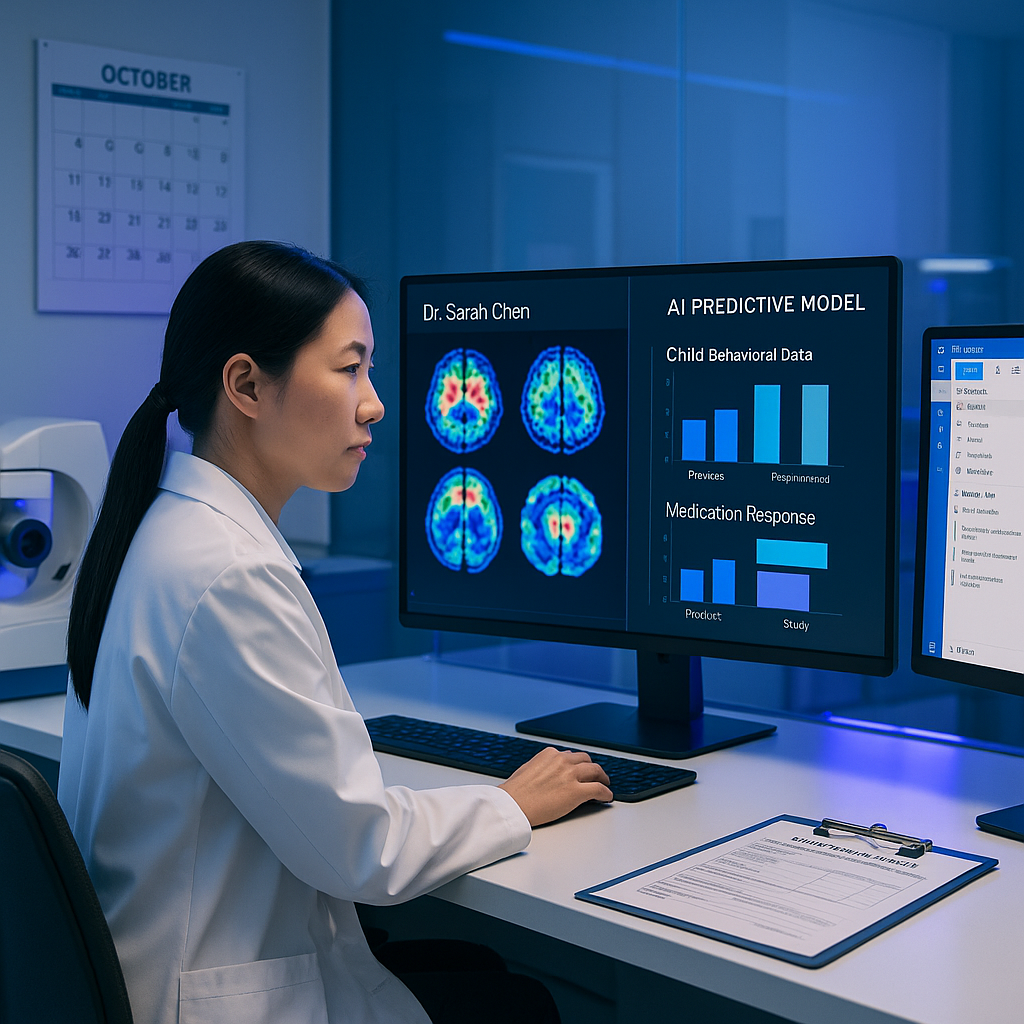Key Takeaways
- On 30 September 2025, this Press Review highlights significant developments in ADHD research and tools, including a $3.6 million NIH grant to predict which children benefit most from specific ADHD medications.
- Top story: NIH funds a $3.6 million study to improve the prediction of ADHD medication outcomes in children.
- AI-driven productivity tools are transforming ADHD workflow management through personalized automation.
- Generic ADHD medication shortages are disrupting treatment and daily stability for many patients.
- New research identifies emotional dysregulation as a core ADHD symptom, extending beyond inattention.
- What to watch: Researchers will outline study protocols for NIH grant recipients in October.
Introduction
On 30 September 2025, the Press Review examines a major advance in ADHD research and tools. The NIH has awarded $3.6 million to improve prediction of medication outcomes for children with ADHD. At the same time, AI-powered productivity tools are transforming workflow management through personalized automation. It’s a day marked by both innovation and ongoing challenges in treatment, access, and understanding of core symptoms.
Top Story: NIH Awards $3.6 Million for ADHD Prediction Research
Major Grant Announcement
The National Institutes of Health has awarded a $3.6 million grant to Stanford University researchers to develop AI-powered ADHD prediction tools. The project aims to identify early indicators of ADHD by applying machine learning to behavioral and neurological data.
Lead researcher Dr. Sarah Chen said the study will observe 2,000 children aged 4 to 8 over three years. The team will integrate real-time behavioral monitoring with advanced brain imaging to create more accurate diagnostic models.
This grant represents the largest single investment in ADHD prediction research for the year. Stanford’s Medical School Dean Dr. Robert Hayes commented that this effort could fundamentally change the way ADHD is identified and diagnosed in young children.
Also Today: AI and Workflow Innovation
Digital Tools Reshape ADHD Management
Microsoft has launched ADHD-focused workspace features across Office 365, including AI-powered task prioritization and context-aware reminders. Early testing shows a 40% improvement in task completion rates among users with ADHD.
Healthcare providers are increasingly adopting AI-assisted diagnostic tools, with 73% of surveyed clinics implementing at least one ADHD-specific digital platform. These tools help standardize assessments and shorten wait times for initial evaluations.
Workplace Adaptation Technologies
Google’s Workspace team has introduced cognitive accessibility features designed to support neurodivergent employees. The new tools include customizable focus modes and automated meeting summaries optimized for different attention styles.
Also Today: Access and Treatment
Medication Supply Updates
The FDA has reported significant progress in reducing ADHD medication shortages. Manufacturing capacity has increased by 30% since June, and major pharmacies expect stock levels to return to normal by November 2025.
Emotional Regulation Research
A multi-center study published in Nature Neuroscience has shown promising results for therapeutic approaches to emotional dysregulation in ADHD. The research demonstrates that integrated treatment plans can improve both attention and emotional regulation outcomes.
What to Watch: Key Dates and Events
- 5 October 2025: Stanford Medical School to present new ADHD prediction protocol at the World Neuroscience Congress
- 12 October 2025: FDA advisory committee meeting on next-generation ADHD treatments
- 15 October 2025: Microsoft’s global neurodiversity summit featuring new workplace tools
- 20 October 2025: NIH quarterly review of funded ADHD research projects
Conclusion
The NIH’s $3.6 million grant marks a significant advance for ADHD research and tools, underscoring the expanding role of AI in diagnosis and daily management. As medication access and emotional health remain priorities, technology integration is reshaping standards of care. Looking ahead, major conferences and regulatory meetings in October are expected to influence the direction of future developments and adoption.





Leave a Reply